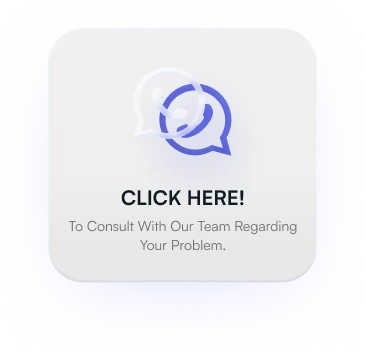Blog / Digital Transformation
Apr 28, 2025
From Website to Business Engine: Why Your Brand Needs More Than Just a Pretty Site
In today’s digital landscape, having a website is a non-negotiable element of any brand. But too many businesses treat their website as a static brochure attractive, but passive. A modern website should do far more than just look good. It should act as a business engine: attracting, converting, and retaining customers while supporting growth through measurable performance. In this article, we'll explore why beauty alone isn't enough, and what your brand truly needs from its digital presence.

The Illusion of Design Only Success
It’s easy to be captivated by a visually appealing site. Beautiful layouts, animations, and sleek navigation make a strong first impression but they don't guarantee results.
Why it matters:
A website built only for aesthetics may fail to deliver leads, conversions, or even clear messaging. In business terms, it's the equivalent of having a showroom with no sales staff.
Example:
Design supports your brand, but without functionality, performance, and strategy, it cannot drive revenue.
User Experience (UX) is the Real Differentiator
A truly effective website guides users through a journey solving problems, answering questions, and encouraging action. This is the role of User Experience (UX) design.
Why it matters:
Poor UX frustrates visitors and increases bounce rates. Seamless navigation, clear calls to action (CTAs), mobile responsiveness, and fast load times all contribute to user satisfaction.
Example:
Amazon's design isn't flashy, but its UX is built for speed, ease, and conversion making it one of the most profitable websites globally.
SEO: Making Sure You're Found
A stunning website is meaningless if no one sees it. Search Engine Optimization (SEO) ensures your site is visible to the people actively searching for what you offer.
Why it matters:
Organic search is often the top traffic source for websites. Good SEO practices keyword strategy, quality content, meta data, and site structure help your website rank higher on Google.
Example:
75% of users never scroll past the first page of search results. If your site isn't optimized, you're invisible to potential customers.
Content That Converts
Design attracts. Content convinces. Engaging, helpful, and strategic content drives users toward conversion whether that's a purchase, a contact form, or a newsletter signup.
Why it matters:
Content builds trust, authority, and engagement. Blogs, case studies, testimonials, videos, and product descriptions are tools to educate, reassure, and persuade.
Example:
Speak directly to your target audience's problems and provide valuable solutions his positions your brand as the expert.
Integration with Marketing and Sales
Your website should be a hub, not a silo. It must integrate seamlessly with your marketing tools (email, social media, ads) and sales systems (CRM, chatbots, appointment booking).
Why it matters:
This integration ensures that leads generated from your website flow into your sales pipeline and are followed up promptly.
Example:
A user downloads a free guide from your website. Their email is automatically added to your CRM, triggering a nurturing email campaign this is the power of automation.
